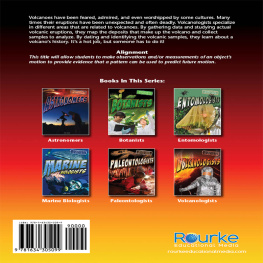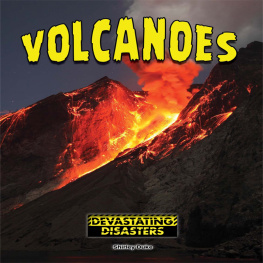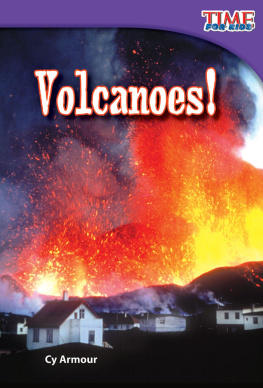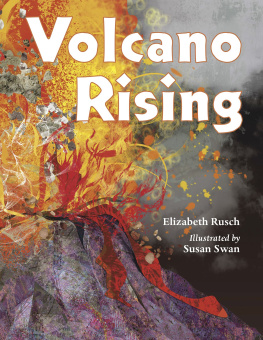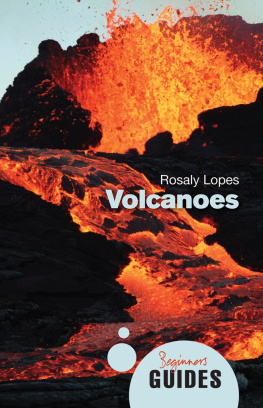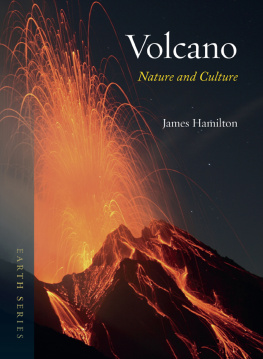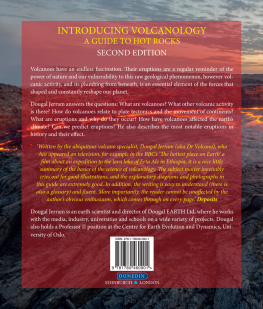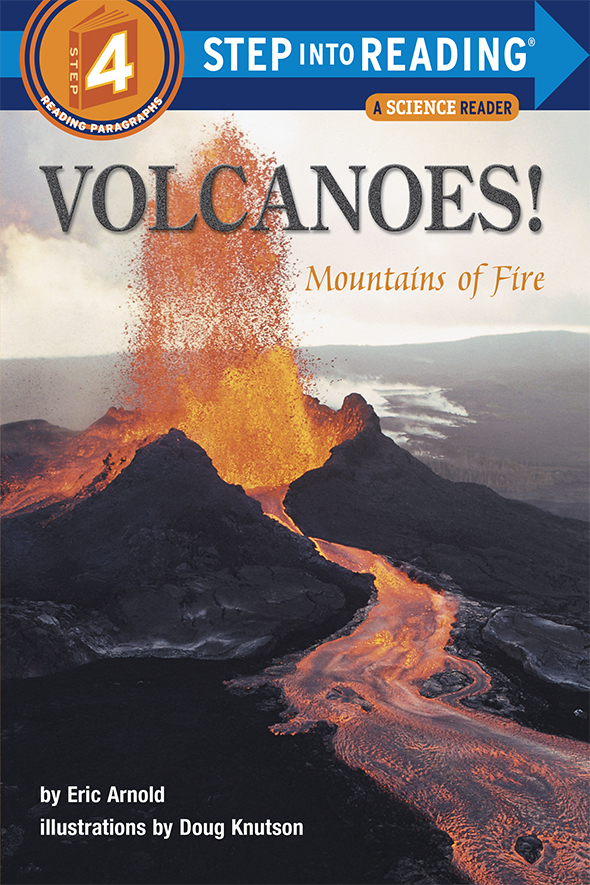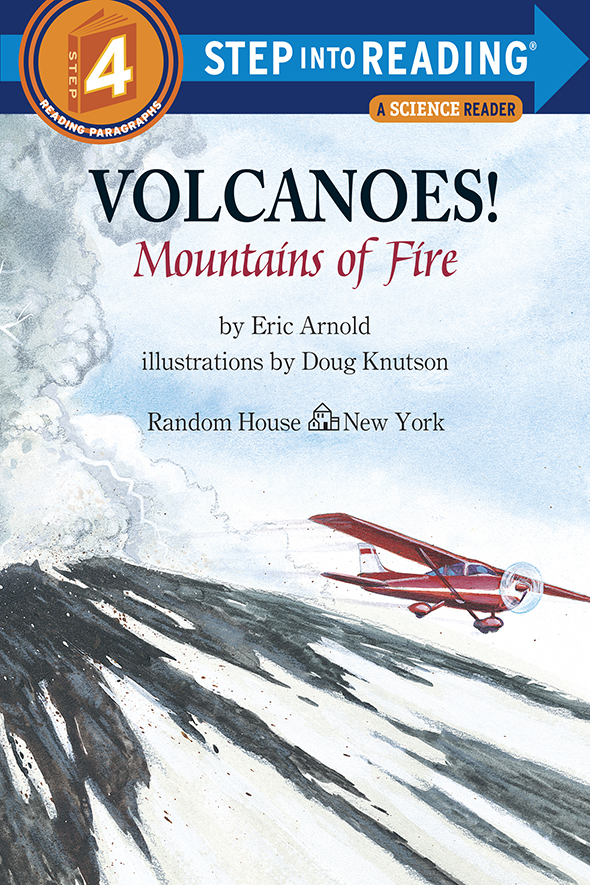
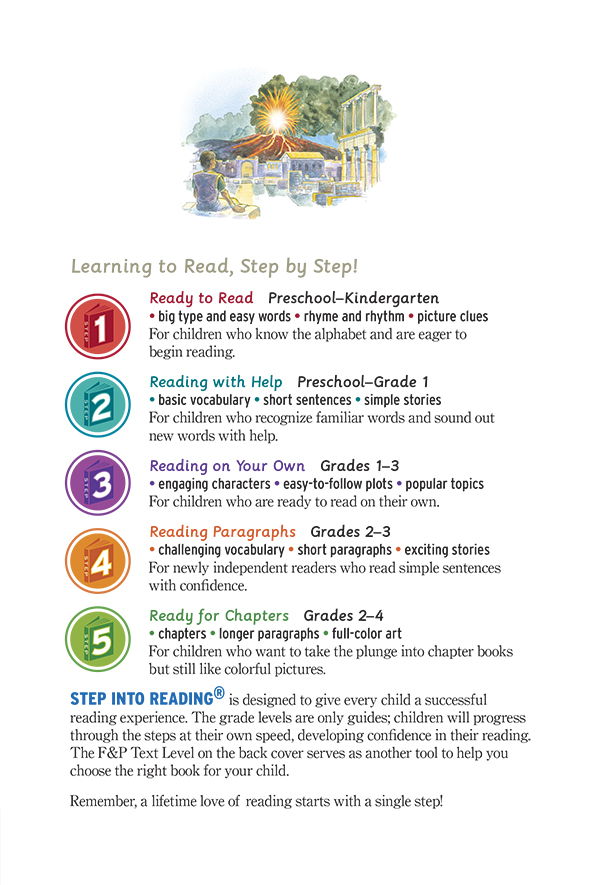
Text copyright 1997 by Eric Arnold. Illustrations copyright 1997 by Doug Knutson.
All rights reserved. Published in the United States by Random House Childrens Books, a division of Random House LLC, a Penguin Random House Company, New York
Step into Reading, Random House, and the Random House colophon are registered trademarks of Random House LLC.
Visit us on the Web!
StepIntoReading.com
randomhousekids.com
Educators and librarians, for a variety of teaching tools, visit us at
RHTeachersLibrarians.com
Library of Congress Cataloging-in-Publication Data
Arnold, Eric.
Volcanoes! : mountains of fire / by Eric Arnold ; illustrated by Doug Knutson.
p. cm. (Step into reading. A step 4 book)
Originally published: New York : Random House, c1997, in series: Step into reading. Step book.
SUMMARY : Describes the eruption of Mount St. Helens in Washington state in 1980 and provides a simple explanation of how and why volcanoes erupt.
1. VolcanoesJuvenile literature. [1. Volcanoes.]
I. Knutson, Doug, ill. II. Title. III. Series: Step into reading. Step 4 book.
QE521.3 .A76 2003 551.21dc21 2002014938
ebook ISBN: 978-0-385-37475-0 ISBN 0-679-88641-9 (trade) ISBN 0-679-98641-3 (lib. bdg.)
This book has been officially leveled by using the F&P Text Level Gradient Leveling System.
Random House Childrens Books supports the First Amendment and celebrates the right to read.
v3.1
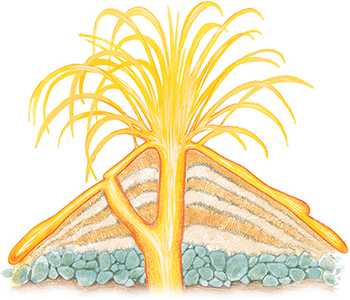
In loving memory of my parents,
and for Christen and our Tali and Gabriel
we have a lava fun!
A special thanks to Mike Rhodes
(Dept. of Geosciences, University of Massachusetts)
for his time and expertise,
to Damien Keith, to Shana Corey,
and to the Cowlitz County Advocate,
Castle Rock, Washington.
Heartfelt thanks to my editor, Heidi Kilgras
my Magma, P.I.
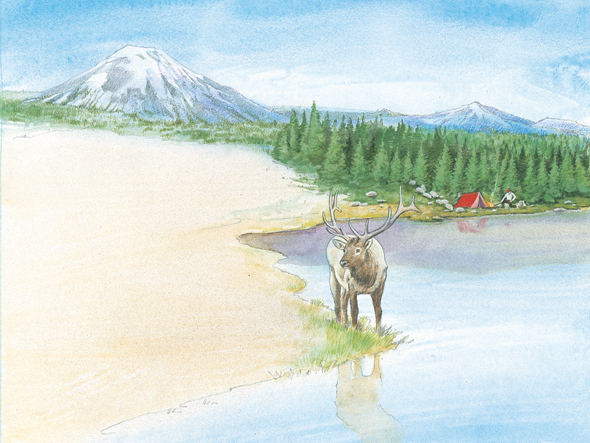
1
Natures Time Bomb
It is early morning on Sunday, May 18, 1980. Many people in Washington State are still asleep. But not the volcano Mount St. Helens. It is slowly waking up from a deep sleep of 123 years.
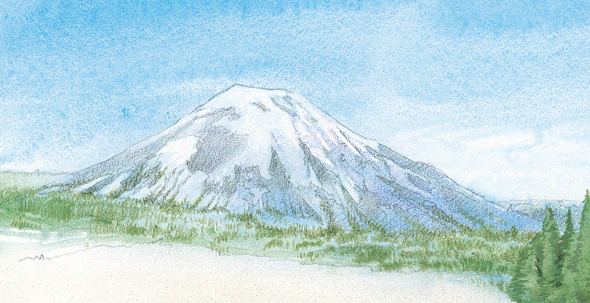
Mount St. Helens is as pretty as a postcard. The nearby forests and rivers are rich with birds, fish, deer, and other wildlife. The area is perfect for hiking and camping.
People have lived and worked for many years in towns near the volcano. Few of them fear the power of this sleeping giant.
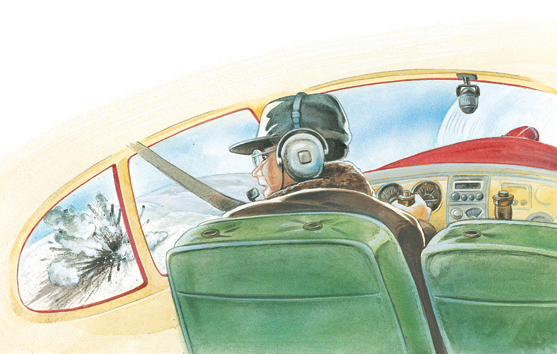
A small plane flies over Mount St. Helens to get a closer look at the volcano. Pilot Bruce Judson sees something happening below. Pieces of rock and ice are sliding into the crater, the hole at the top. He tips the plane to get a better view inside the crater.
Suddenly, an avalanche of rocks rushes down the north side of the mountain. The landslide tears open a hole in the volcano. An explosion of steam, ash, and rock blasts out sideways.
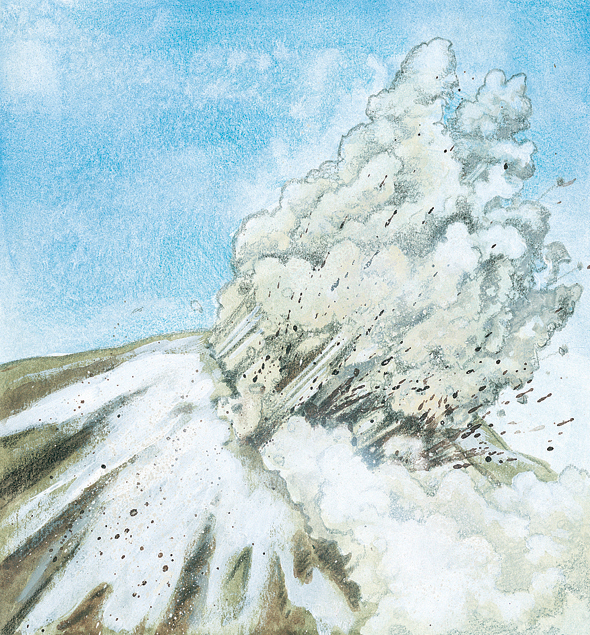
Then, a few seconds laterKABLAM!
The top of the volcano blasts off! A dark ash cloud shoots 15 miles into the sky. The ash cloud has tiny bits of rock and gas inside it.
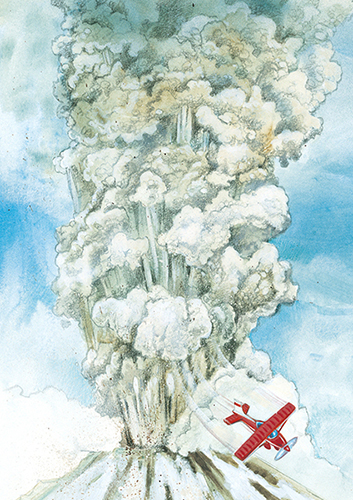
Luckily, the plane is not in the direct path of the cloud. But the cloud is closing in on the plane. Outside the window, the morning turns to total darkness.
Bruce knows he has to get out of thereand fast. He puts the plane into a dive to gain speed.
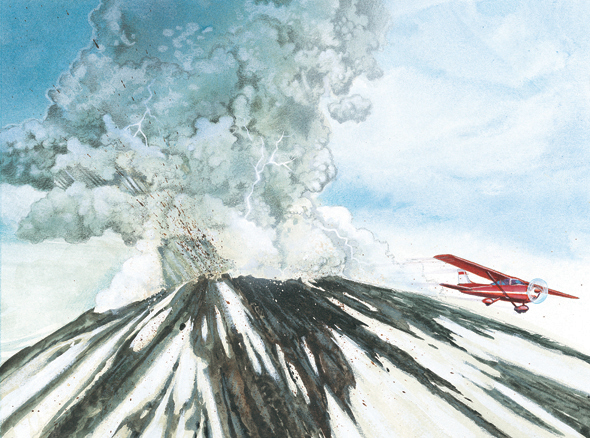
Lightning bolts streak through the clouds, lighting up the sky. The clouds are heading north, so Bruce quickly steers the plane south. After a few minutes, he outraces them. With a lot of skill and a lot of luck, he lands the plane safely in Portland, Oregon.
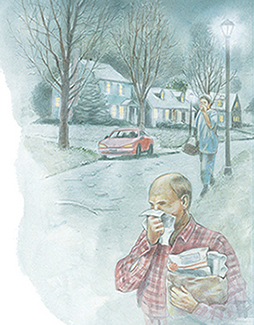
2
The Moon on Earth
The dark ash clouds move fast and far. They block the sun and make day look like night. In Yakima (YAK-uh-ma), a town 80 miles northeast of Mount St. Helens, the street lights automatically turn on!
Ash falls like black snow. If people or animals get too much of it in their lungs, they cannot breathe. Ash also ruins motors in cars, trucks, and buses.
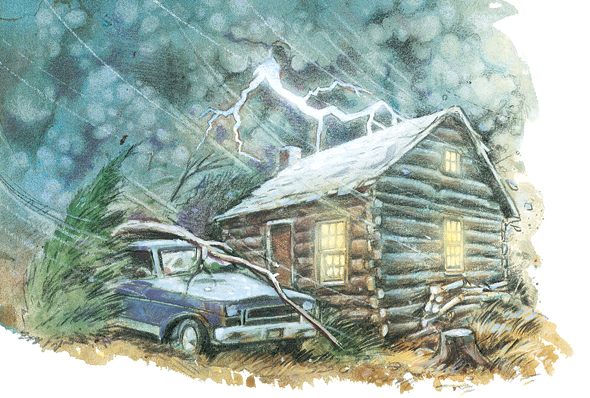
A family is camping in a cabin nearby when the ash clouds pass overhead. Small rocks start to rain down from the clouds. The sky becomes pitch black.
Thunder shakes the cabin. Lightning looks like a flash from a giant camera. When bits of ash bump into each other in the clouds, they make static electricity. This creates bolts of lightning.
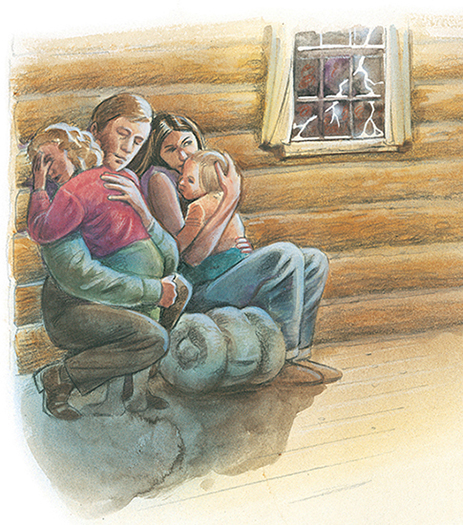
The highway outside the cabin is closed. It is covered with six inches of ash! Inside, the family huddles together. They dont think they will get out alive.
For three days, they are trapped in the cabin. Finally, on the fourth day, it is safe for them to leave the cabin and head home.
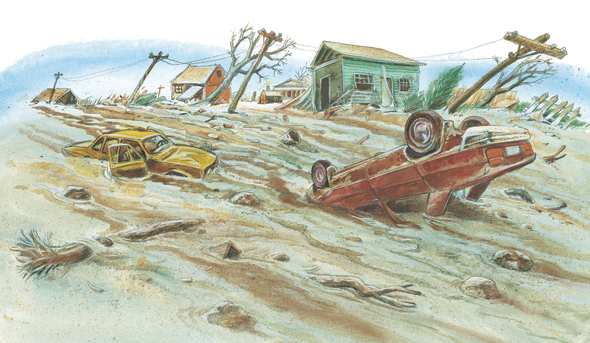
The snow on Mount St. Helens melts from the heat of the blast. It mixes with the fallen ash and forms a river of thick mud called a mudflow. The mudflow buries everything in its path as it rushes into rivers and streams. Houses and cars are swept away as if they were toys!


